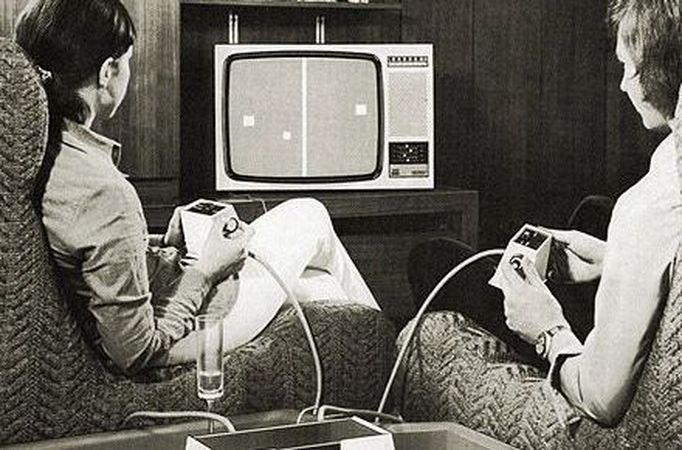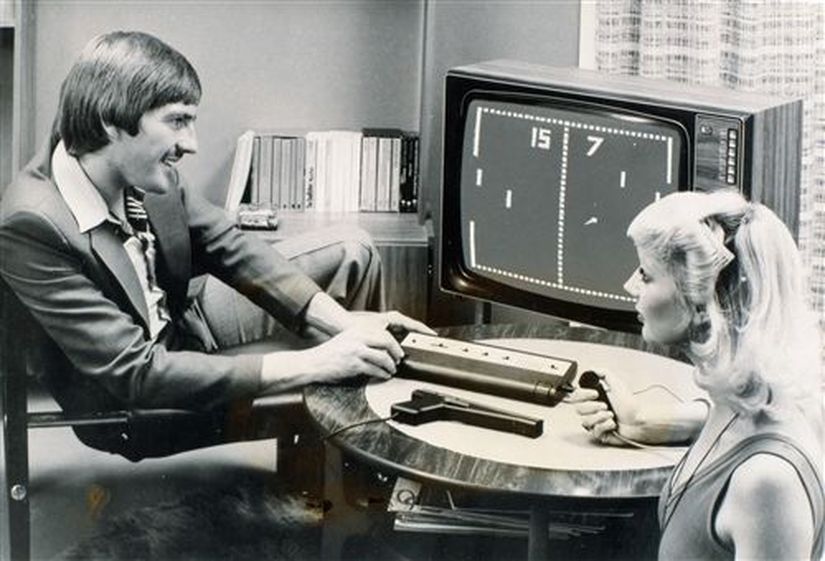The Most Influential Video Games Of All Time
At a time when many homes were without televisions and most games were played on a table, the idea of playing games on a screen was far-fetched. However, video games have since become a feature in homes around the world.
In the early 1960s, the first ever multi-user computer video game, Spacewar!, became a staple for game nerds nationwide. Spacewar! was not played by many as the gaming console, PDP-1, was expensive ($120,000) and highly unattainable, being sold primarily to university computer labs. And it was only around the 1970s that coin-operated, cabinet games were born and featured solely at arcades.
With most families these days owning modern gaming systems such as an Xbox or a PlayStation, it’s hard to think of a time when video games were a rare luxury item. And although not as insanely popular as video games are now, the 1970s and 80s birthed the most influential games of all time.

Table Tennis (1972)
The first generation of video gaming begins with the Magnavox Odyssey. Developed in 1966 by Ralph H. Baer and a small team of engineers, the Odyssey went through several reconstructions and edits before its release in 1972.
The Odyssey came at a hefty price of $99 a pop, which would cost about $670 in 2022. Trying to appeal to a broad audience, the company included physical items like playing cards, dice, and poker chips, resembling the traditional board game.
The most popular game made for the Odyssey was Table Tennis, which involved giving players a paddle and challenging them to hit the ball past their opponent. Having a bare-basic design, the game didn’t even keep score, making players keep score manually.

Pong (1975)
Pong was definitely not the first video game to hit the market, but it was the first video game to hit big. Launched by Atari creator Nolan Bushnell and partner Ted Dabney, and inspired by Table Tennis, they improved upon aspects such as sound, spin, and scoring. Magnavox sued Atari for copyright infringement which resulted in paying an exclusive licensing fee.
Initially sold as a Sears-branded console, Atari’s Pong became a best-selling, holiday staple in 1975. Then in 1977, Atari released its own version of Pong, popularizing its 2600 gaming console.

Spitfire (1977)
Although now forgotten, the Fairchild Channel F was a forward-looking precursor to second-generation video game consoles, like Intellivision, Atari 2600, and ColecoVision.
Channel F was the first home console with a microprocessor and a joystick. It was also the first to employ read-only memory (ROM) cartridges rather than having games built into the console itself. The technology was perfectly crafted by Jerry Lawson, now kindly attributed as the “father of the video game cartridge.”
The gaming console had an extensive library of 26 ROM game cartridges, with the most popular being Spitfire. Centered around aerial dogfighting, users could “pilot” Red Baron or Blue Max while shooting each other down. An added radical feature was that players without a person to play against could compete against the central processing unit or CPU.

Space Invaders (1980)
Warner Communications purchased the Atari for $28 million and spent an additional $100 million to create an opposing console for Channel F. The company released the Atari 2600, its own ROM cartridge, and a CPU-enabled console. And similar to Channel F, users were allowed to play different games by purchasing singular video cartridges.
The most popular game on the 2600 was none other than Space Invaders. Originally designed in Japan, the game involved shooting descending aliens. The Atari 2600 saw sales quadruple after its release, and a whopping 2 million Space Invaders cartridges were sold in its first year alone.

Pac-Man (1982)
Pac-Man, probably the most well-known game of the bunch, was inspired by a hit Japanese arcade game. In its release, Pac-Man sold more than 1 million copies. When playing the game, one could control a yellow Pac-Man icon while munching through a maze of dots and evading a deadly team of multi-colored ghosts.
The game was chastised by critics for its “poor visuals and sound,” leading to a fall in consumer satisfaction, and an eventual fall in Atari’s rule. This did not, however, stop the game from becoming the highest-selling Atari 2600 video game of all time. With spin-off merchandise released every year such as school supplies and plush toys, Pac-Man will forever have a cultural impact.

